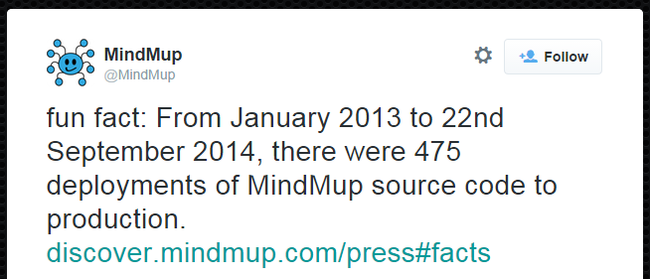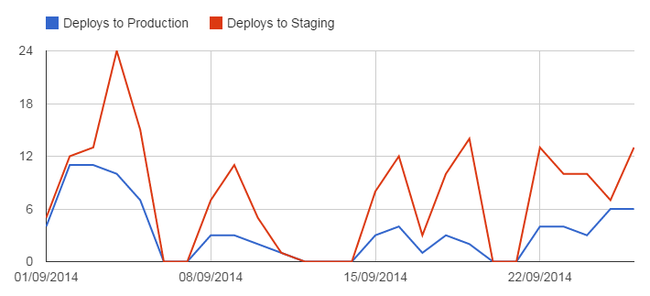MVP Case Study: Maerker.nu - Part I
A Minimal Viable Product (MVP) is the smallest working version of a product that will provide value to the customer or user.
These case studies follow my thoughts through the development of MVPs, from idea to implementation.
The Pitch
There are several scout associations in Denmark (DDS, DGP, KFUM), and each of these have their own badges. There are groups within these associations that make and sell their own badges. For example, there is no association-backed badge for staying in a sleeping bag for 24 hours, but Rungstedspejderne, DDS made a custom one.
There is no central place to overview and find possible badges. Maerker.nu is going to be that place.
There is no monetary motivation for this project[1]. I see it as a kata in product development: an attempt at building a product to see how it goes, to learn from doing, without the risks usually involved. I am working full-time...

